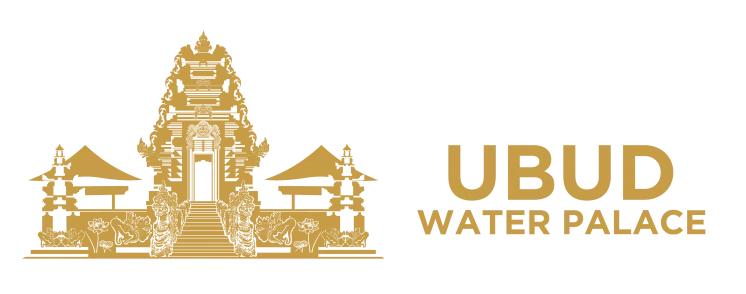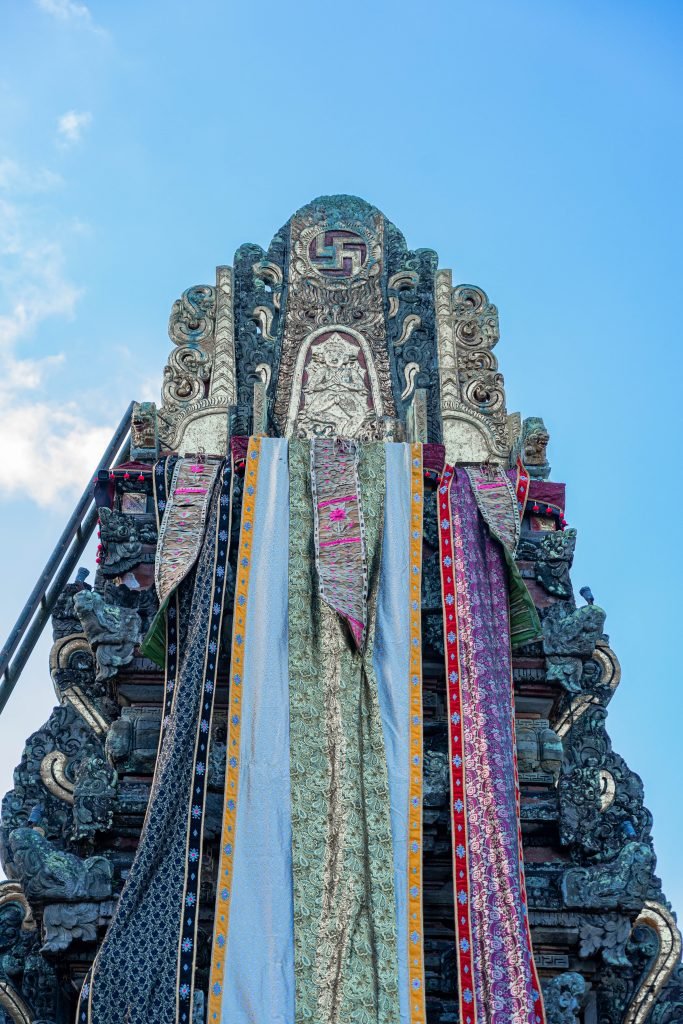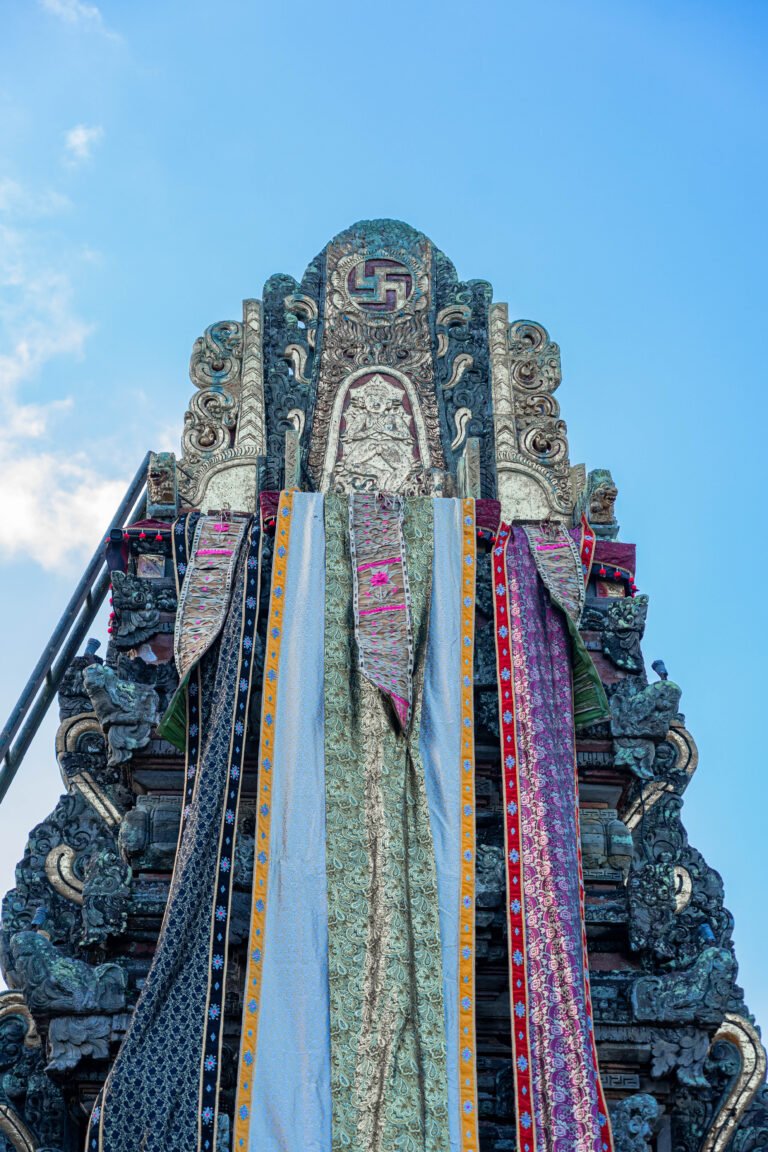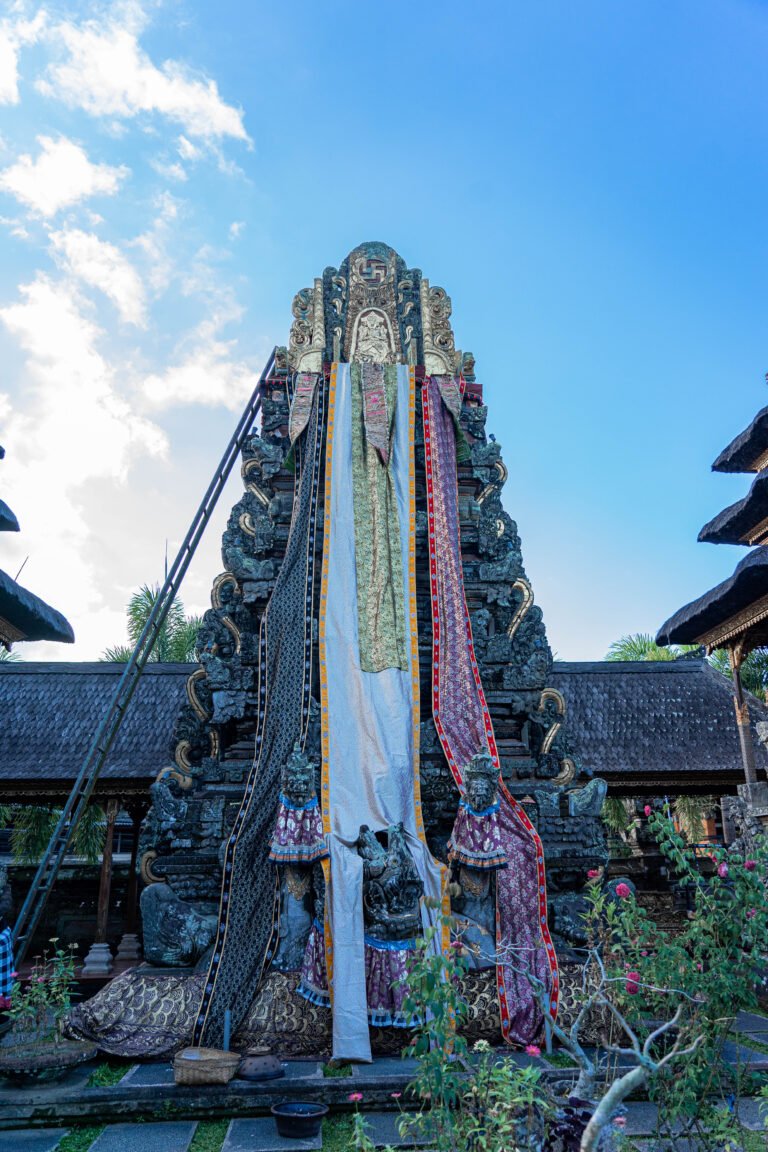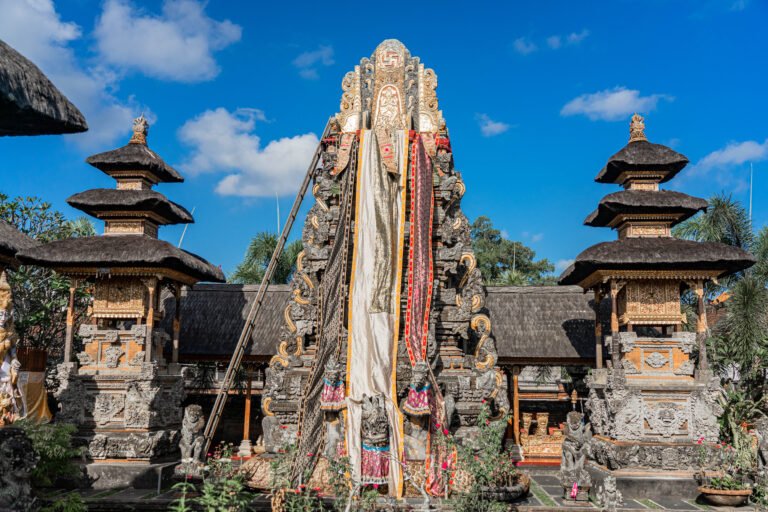‘Padmasana’ is a sacred building to honor God Almighty (Ida Sanghyang Widhi) as a symbol and image of the macrocosm or universe (Bhuana Agung). Padmasana’s main function is as a place of worship of God Almighty. A sacred building to worship God in his function as the soul of the universe (macrocosm) with all aspects of his omnipotence (Deva Pratishta).
‘Padmasana’ comes from the Kawi language which consists of two words, namely, ‘Padma’ means lotus flower, or mind, or center. ‘Asana’ means sitting posture, or guidance, or advice, or orders (Prof. Drs. Wojowasito, 1977). ‘Padmasana’ means the seat of the red lotus as the holy Sthana of God Almighty (Titib, 2001:106). Based on these two opinions that the lotus flower is a symbol of the seat of the gods and God Almighty, so ‘Padmasana’ is a picture of the universe (macrocosm) which is the Sthana of ‘Ida Sang Hyang Widhi Wasa’ (God Almighty).
‘Padmasana’ as a picture of the universe, from a historical point of view can be seen in ‘Lontar Dwijendra Tatwa’ which states that the sacred building in the form of ‘Padmasana’ was developed by ‘Danghyang Dwijendra’, or his other name is ‘Danghyang Nirartha’ or ‘Pedanda Sakti Wawu Rauh’.
The ‘Padmasana’ building consists of the following parts, namely the foot part which is called ‘Tepas’, the body part which is called ‘Batur’, and the head part which is called ‘Sari’. At the foot (base) of ‘Padmasana’, there is a carving in the form of ‘Bedawang Nala (empas/turtles) wrapped around two figures of dragons, namely ‘Naga Anantaboga’ and ‘Naga Basuki’ which bind the empas (turtle) and the base of the ‘Padmasana’ building. On the body (center) of the ‘Padmasana’ there are various decorations that adorn this ‘Padmasana’ building. Usually, the central part is decorated with statues of gods, as well as ornaments and other decorations which are symbols of nature. At the head (Sari) there is a ‘Singhasana’ like a chair. In the middle, there is a carving of a painting of ‘Sang Hyang Acintya’ or ‘Sang Hyang Taya’ as a symbol of the embodiment of ‘Ida Sang Hyang Widhi’. This painting depicts the dance attitude of Lord Shiva called ‘Shiva Natyaraja’ in creating the universe.
The explanation regarding the ‘Padmasana’ building also mentions in Rajendra Prasad’s literature which says, “Like leaning towards the east, namely the soaring ‘Padmasana’, which looks like it has three doors. Using a turtle, at the base of which is named ‘Sang Kurma Geni’, the Dragon Raja twins, firmly wrapped around the two, poisoned fire from its tongue. It also uses a dividing line, the terraced ‘Pelinggih’ is beautiful, covered in ‘sugar’, and has a carved ‘Simbar Manis’ pattern, and ‘Ganggong’ with a thin pattern. The cushions, carved and perforated, rise very high as if they touch the sky, they look so airy”.
